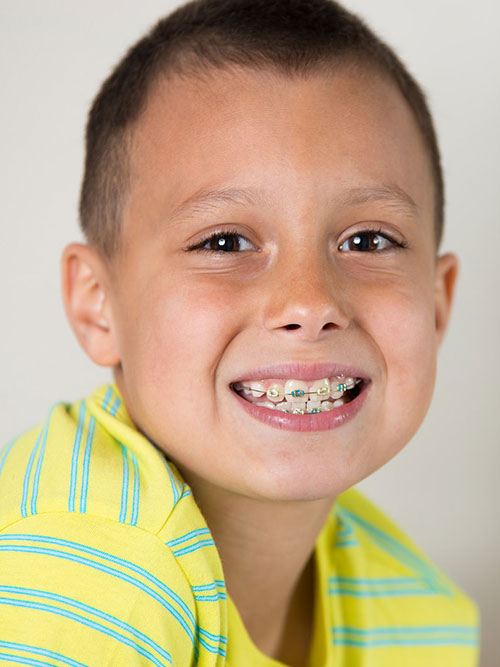Phase I Treatment (Early Treatment)
Phase I treatment occurs during childhood, usually before the age of 10, when baby teeth are still present. It identifies and treats young patients that will benefit from jaw development before starting braces through the use of expanders, tongue cribs, and space maintainers.
At What Age Should a Child First Visit the Orthodontist?
The American Association of Orthodontists recommends that most children have an orthodontic screening by age 7. This enables Dr. Kevin Wilke to determine if early orthodontic treatment will be required and what the best time is for the patient to be treated. Dentists in our community have been trained to identify orthodontic problems early and may refer you to our office earlier than age 7.
Why Are Children Being Evaluated at Such an Early Age?
Early diagnosis and treatment can
-
Guide erupting teeth into more favorable position
-
Guide the growth of the jaw and regulate the width of the upper and lower dental arches
-
Preserve space for permanent teeth
-
Reduce the likelihood of fracturing protruded front teeth
-
Reduce the possibility of oral surgery being required later in development
-
Eliminate speech problems and abnormal swallowing
Phase I treatment allows Dr. Wilke to shape the jaw into an optimal alignment more readily, as well as potentially decreasing treatment time in Phase II. However, Phase I is not required for some patients and its usefulness is considered on a case-by-case basis. If Phase I treatment is not advised, the patient can be put on our recall Observation Program in which a complimentary exam of your child’s growth will be scheduled every 6-12 months.


